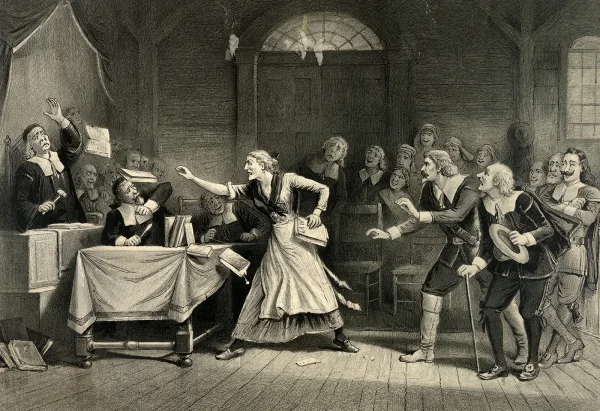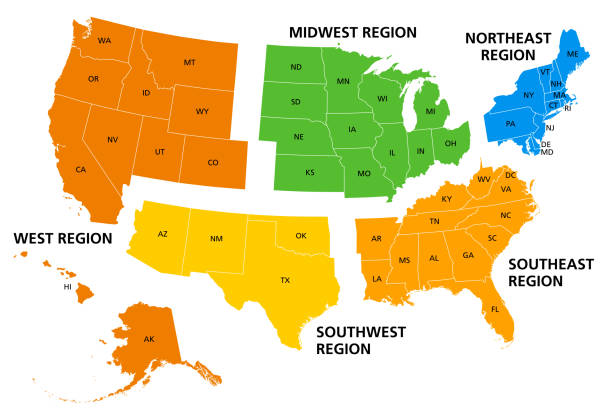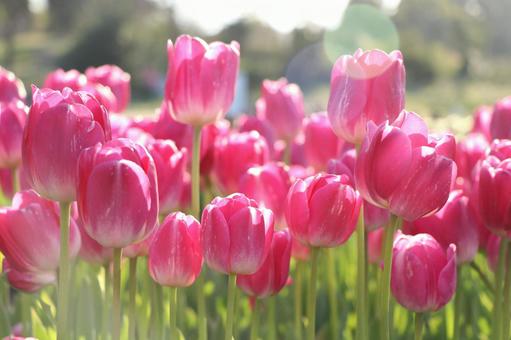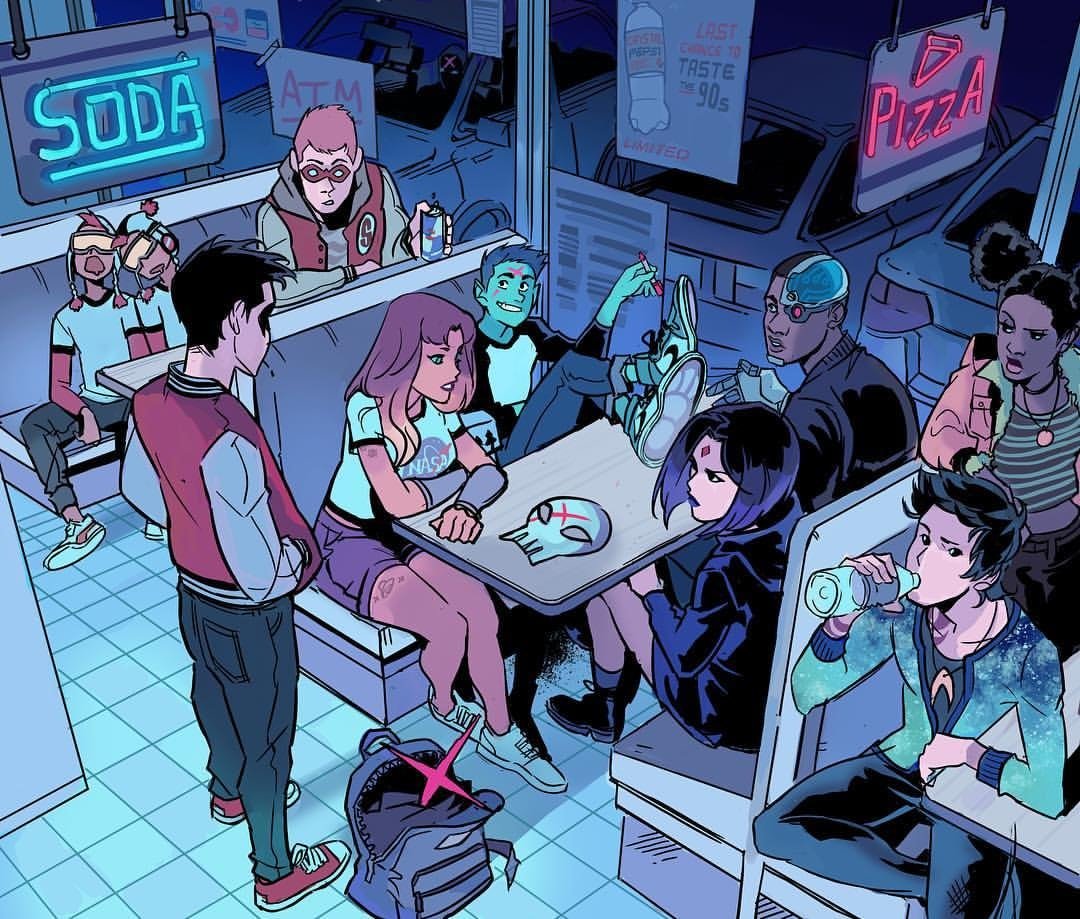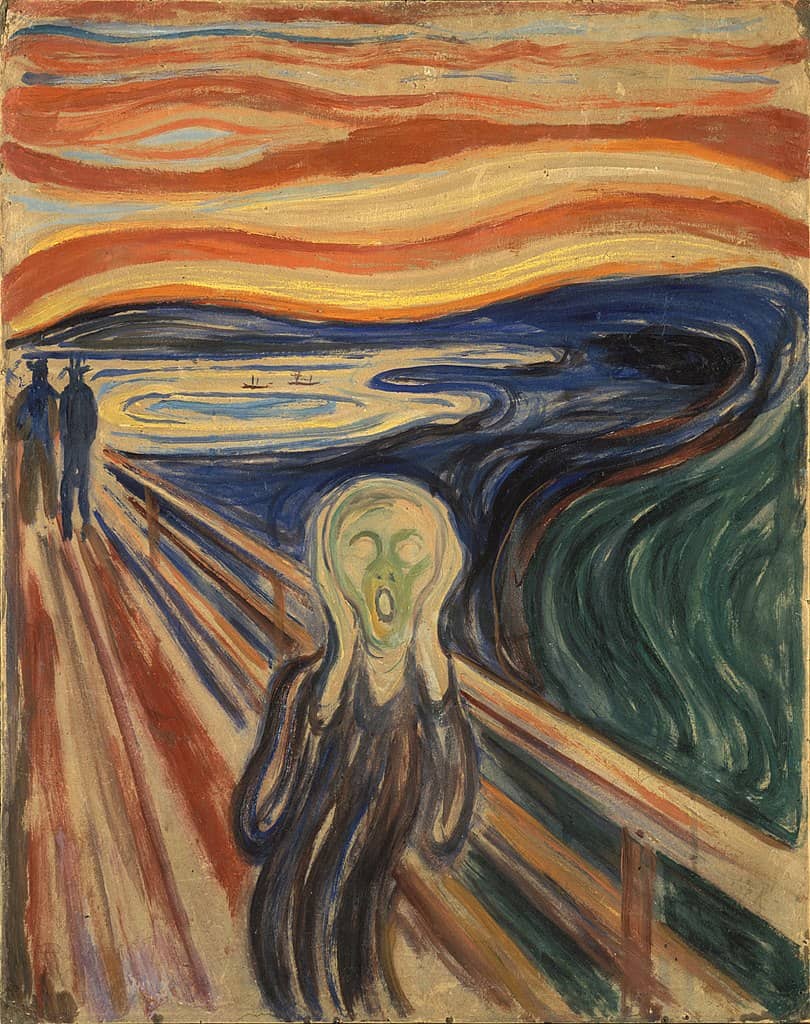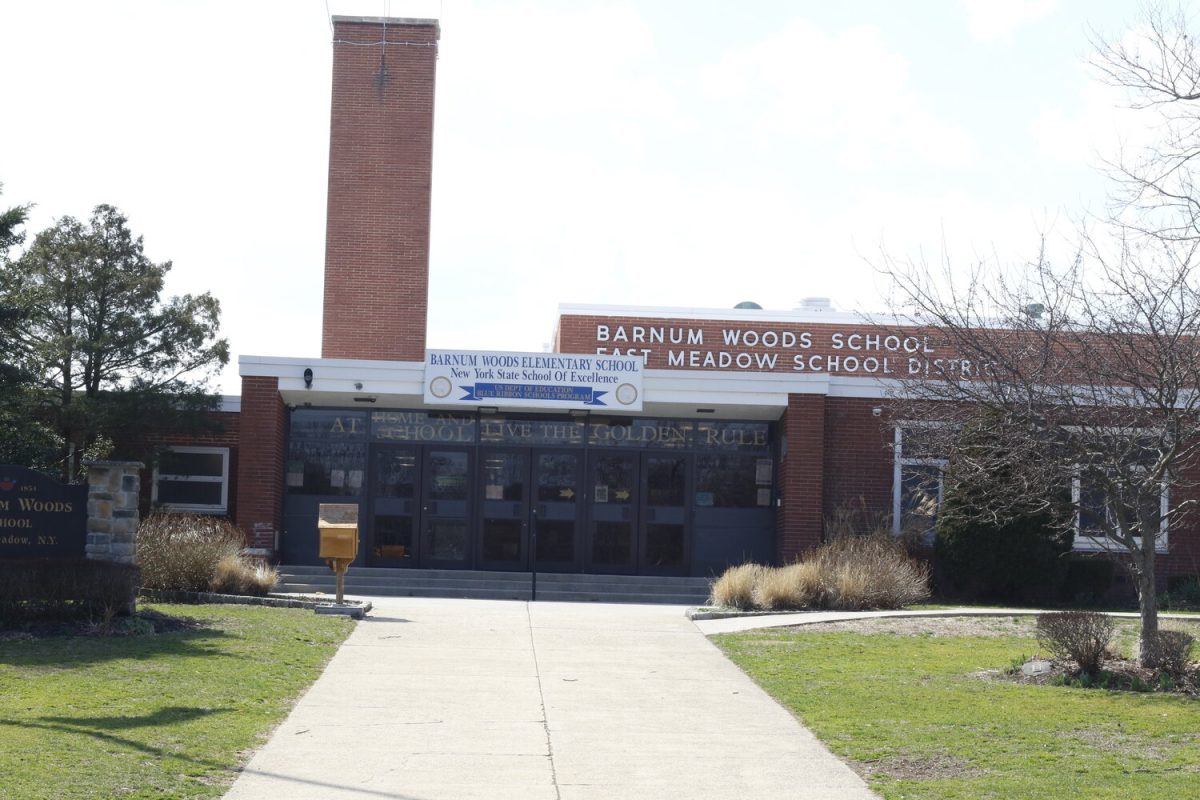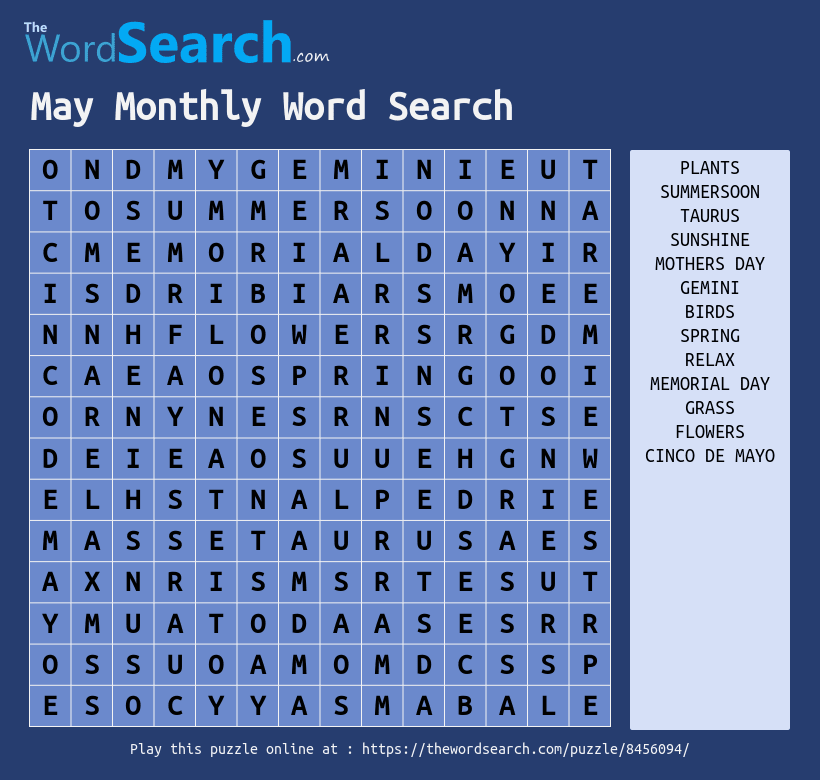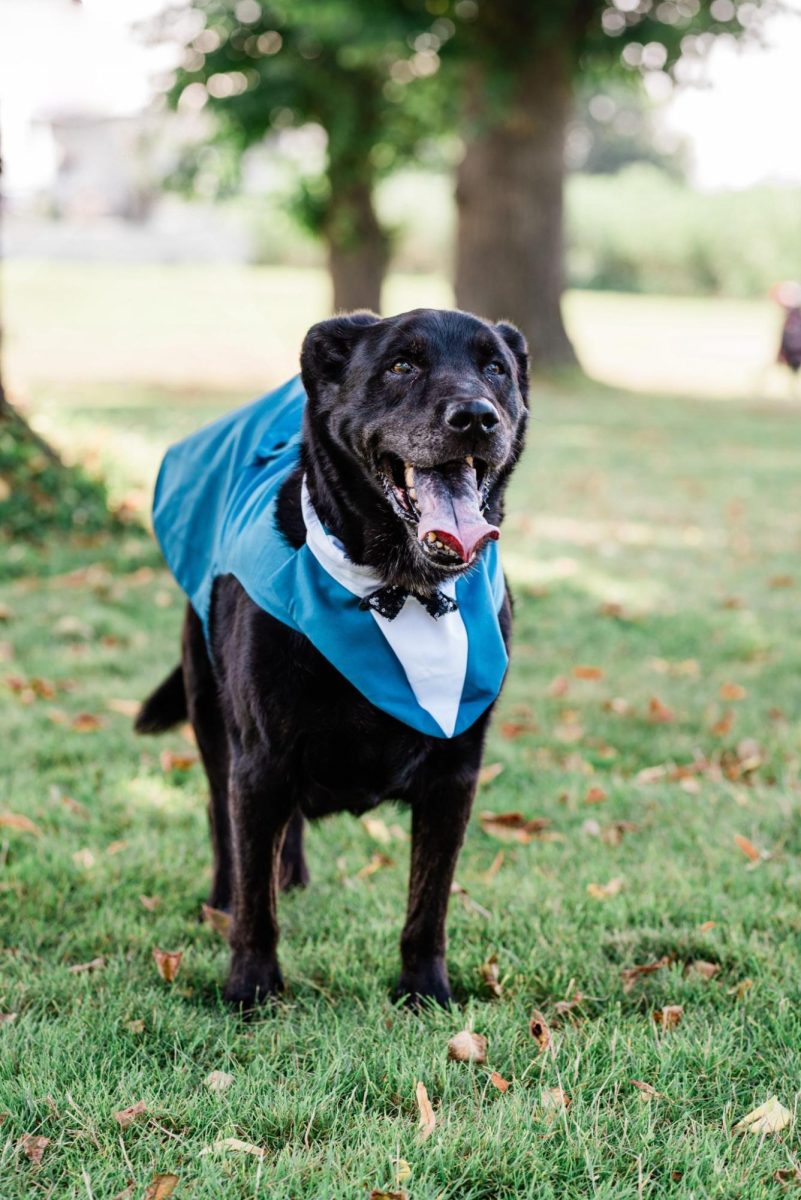The Salem Witch Trials, beginning in the spring of 1692, was the beginning of a state-wide hysteria. Accusations of witchcraft were thrown left and right, directly causing at least 20 recorded executions and the mistreatment of many others, and this is only in the U.S.
Origins
In 1300s Europe, the strict religious laws caused a huge tension across the continent. Possibly the most predominant religion of the era was Christianity. At the time, children following Christianity (which was the majority) were taught that Satan gave his powers to witches in exchange for their undying loyalty. This led to thousands of people being accused of witchcraft, most of which were women. Anything that made you stand out could get you accused of witchcraft, including exceptional strength, committing “bad acts,” ownership of possible spell ingredients, and “witch marks,” which were bite marks or red marks/rashes. You could also be accused if you shared your opinions, were too outgoing, or if you often were involved in small disputes with others. Women were mostly targeted as the church taught that they were the “weaker” gender and therefore more vulnerable to the Devil’s “attractive” powers.
In the late 1680’s, war broke out between England and France, known as King William’s War. The war displaced many, sending refugees across the colonies along with their strict religious ideals. Many of these refugees landed in the Massachusetts Bay Colony, and as you could guess, more specifically Salem Town (later becoming just Salem, and now modernly Danvers).
The First Trials
January of 1692 in Salem Town, Massachusetts, a 9 year old girl named Elizabeth Parris and her 11 year old cousin Abigail Williams (each relatives of the town minister, Samuel Parris) were inflicted with strange fits. During these fits, the girls would contort their bodies in unnatural ways and scream uncontrollably. After being diagnosed with “bewitchment” by town doctor William Griggs, several other girls across the town began to have similar fits. A month later, the Parris family’s slave, Tituba, a homeless woman named Sarah Good, and an elderly woman named Sarah Osborn all had warrants out for their arrest. The “bewitched” girls had claimed that these three women had placed spells upon them and had caused these fits.
The three women were brought before the two town magistrates along with the alleged victims (although, in the late 1970s, a doctor suggested that the girls had likely contracted convulsive ergotism- a disease that often lived and thrived in rye bread). Sarah Good and Osborn both denied their involvement in the bewitchment, but Tituba confessed and claimed that several other women in the community were working alongside her. This began the hysteria. Other women in the community- including two devoted members of the local church and Sarah Good’s four year old daughter- began to be accused of witchcraft and several of these women admitted to witchcraft: likely due to the fact that if you confessed, you would likely be brought back in to the Christian church so you could be “saved” and, ironically, if you didn’t confess you would be hung, imprisoned, or put to death in some other way. Just a few months later, the Salem Witch Trials claimed its first life: Bridget Bishop was hung on what would later be known as Gallow Hill in Salem on June 10th. The next month, five more accused were hung and over the next few months, over ten more were executed. Several witches died in jail and one man was pressed to death beneath large stones.
The End
Well-liked town minister Cotton Mather had warned of the incredibility of evidence used in trials, but his cautions were completely ignored. Mather’s father, Increase, who was also the then-president of Ivy League college Harvard University, joined his son’s efforts, finally getting the town governor to restrict the grounds on being accused of witchcraft. The governor also released all of those who were imprisoned on witchcraft charges. The accusations and trials eventually died down and that was the end of the Salem Witch Trials. Over the years, several accusers and judges came out and formally apologized for their error.
Now
The Salem Witch Trials taught and showed us much; the effects of bias, how hysteria can harm innocent people, the dangers of false accusations, and how dangerous merging religion with laws could be, just to name a few. The Witch Trials today help us learn how to manage public pandemics and how to minimize fear, as fear was a main driving force of the Trials.
Today, Salem is a tourist hotspot. You can visit places like Gallow Hill, where several witches were put to death, or The House of Seven Gables, the house from the hit novel set in Salem of the same name. Salem is a town filled with interesting history and has many historical places for you to visit.
Sources
Archives, The National. “The National Archives – Homepage.” The National Archives, www.nationalarchives.gov.uk/education/resources/early-modern-witch-trials/.
BBC Bitesize. “What Sort of People Were Accused of Being Witches? – BBC Bitesize.” BBC Bitesize, 23 Mar. 2022, www.bbc.co.uk/bitesize/articles/z9y7m39.
Berkshire Law Library. “Witchcraft Law up to the Salem Witchcraft Trials of 1692 | Mass.gov.” Www.mass.gov, 31 Oct. 2017, www.mass.gov/news/witchcraft-law-up-to-the-salem-witchcraft-trials-of-1692.
Blumberg, Jess. “A Brief History of the Salem Witch Trials.” Smithsonian, Smithsonian.com, 24 Oct. 2022, www.smithsonianmag.com/history/a-brief-history-of-the-salem-witch-trials-175162489/.
Gaskill, Malcolm. “The Salem Witch Trials.” Bill of Rights Institute, 2015, billofrightsinstitute.org/essays/the-salem-witch-trials.
History.com Editors. “Salem Witch Trials.” History, A&E Television Networks, 4 Nov. 2011, www.history.com/topics/colonial-america/salem-witch-trials.
“Legend, Lore & Legacy.” The House of the Seven Gables, 7gables.org/salem-beyond/explore-haunted-salem/.
Lohnes, Kate. “How Rye Bread May Have Caused the Salem Witch Trials.” Encyclopædia Britannica, 2019, www.britannica.com/story/how-rye-bread-may-have-caused-the-salem-witch-trials.
Louis-Jacques, Lyonette. “The Salem Witch Trials: Legal Resources – the Salem Witch Trials – the University of Chicago Library.” Www.lib.uchicago.edu, 1 Oct. 2020, www.lib.uchicago.edu/collex/exhibits/salem-witch-trials-legal-resources/.
Mundra, Leela S., et al. “The Salem Witch Trials—Bewitchment or Ergotism.” JAMA Dermatology, vol. 152, no. 5, 1 May 2016, p. 540, https://doi.org/10.1001/jamadermatol.2015.4863.
Niehoff, Len. “What the Salem Witch Trials Can Teach Us in 2020.” Detroit Free Press, 29 Oct. 2020, www.freep.com/story/opinion/contributors/2020/10/29/lesson-salem-witch-trials/6067161002/.
Peabody Essex Museum. “The Salem Witch Trials of 1692 – Peabody Essex Museum in Salem, MA.” Pem.org, www.pem.org/the-salem-witch-trials-of-1692.
Purdy, Elizabeth. “Salem Witch Trials.” The Free Speech Center, 4 Aug. 2023, firstamendment.mtsu.edu/article/salem-witch-trials/.
“What Can We Learn from the Salem Witch Trials?” The Art Newspaper – International Art News and Events, 24 Sept. 2020, www.theartnewspaper.com/2020/09/24/what-can-we-learn-from-the-salem-witch-trials.
